
Blog

Neutral vs Imprint
While neutral spine works well for many exercises—like lunges, bird dog, foot work, feet in straps—for many clients I often cue slightly imprinted spine for certain Pilates movements. Each client’s lordotic curve in their low back is unique, so this rule is not for everyone, but from my experience most benefit from an imprinted spine, especially in chest lifts and when legs are not being supported.

Pregnancy Exercise Guidelines

Different Ways To Resistance Train
Next time someone tells you Pilates Equipment or Barre or not lifting “heavy” is ineffective, proudly show them the studies in the resource section of this post and tell them your trainer intelligently builds your body strong, all the while preventing injuries and feeling good.

Lumbopelvic Stability
A great way to begin to connect with your outer and inner core muscles is a technique called bracing. This technique definitely provides stability to the lumbopelvic region. I have filmed a 3 minute video demonstrating how best to brace your core during standing lifts, planks, and abdominal exercises.

Scapular Retraction and Why It’s Important
Often I see shoulders rolling forward during rows and arm extensions, and while it’s unlikely to cause injury, it’s not maximizing the full potential of the exercise. By focusing on rolling the shoulder back as you begin to pull back, the shoulder blade will automatically slide towards the spine, which is called scapular retraction.
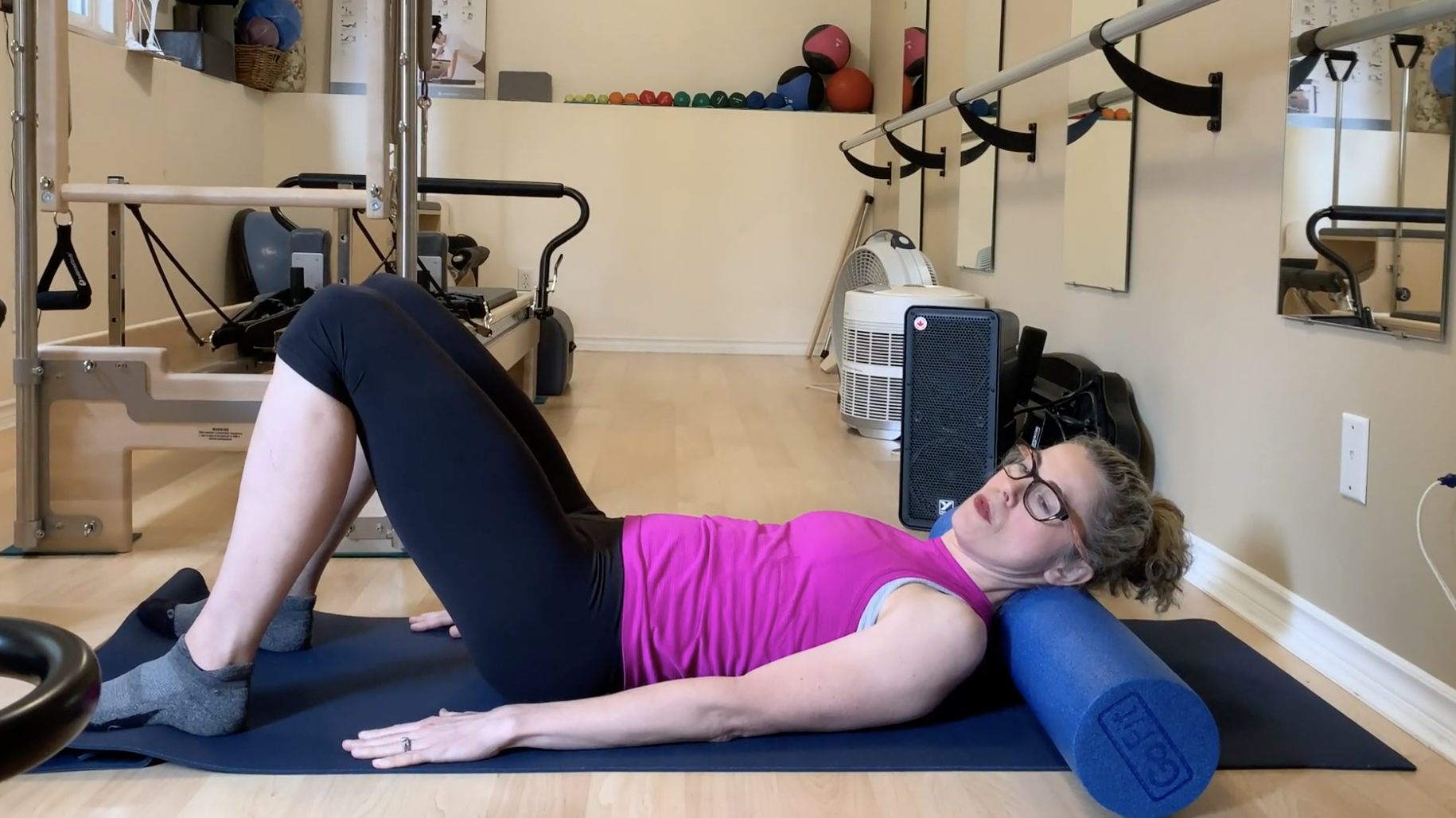
Neck Pain Help
Temporary neck pain relief from self massage, stretch, and strengthening.
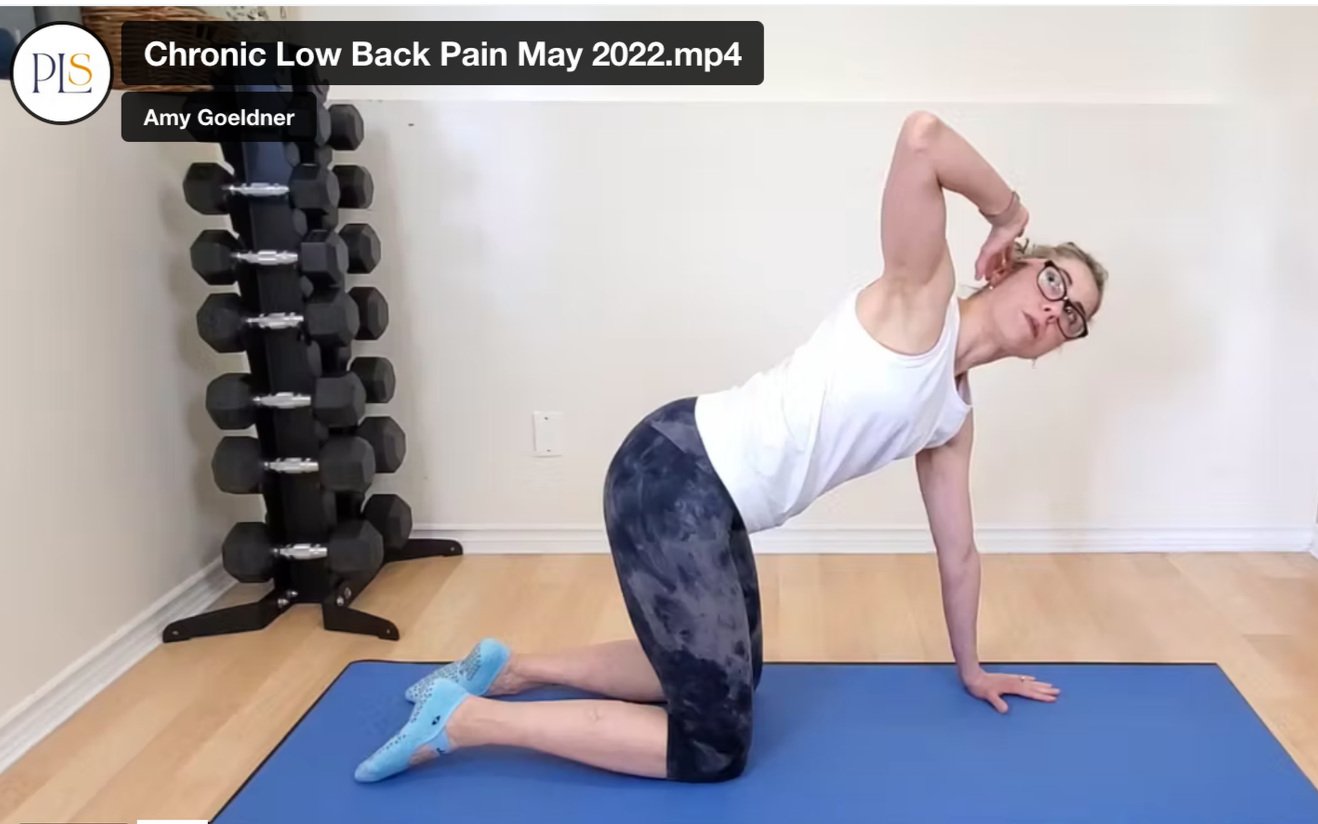
Low Back Pain
The good news many studies show there is a way out of chronic low back pain. If we can find a balance of stress, physical activity, and healthy eating habits our cup will not over flow and/or we build a bigger cup.

Protein Intake for Muscle Loss Prevention
Last week I wrote about a condition called sarcopenia, which is age-related muscle loss. Sarcopenia is associated with increased risk of falls, disability, poor quality of life, and premature death. It’s preventable by eating the right amount of protein, getting enough vitamin D and omega fatty acids, and resistance training 2-3 times weekly.
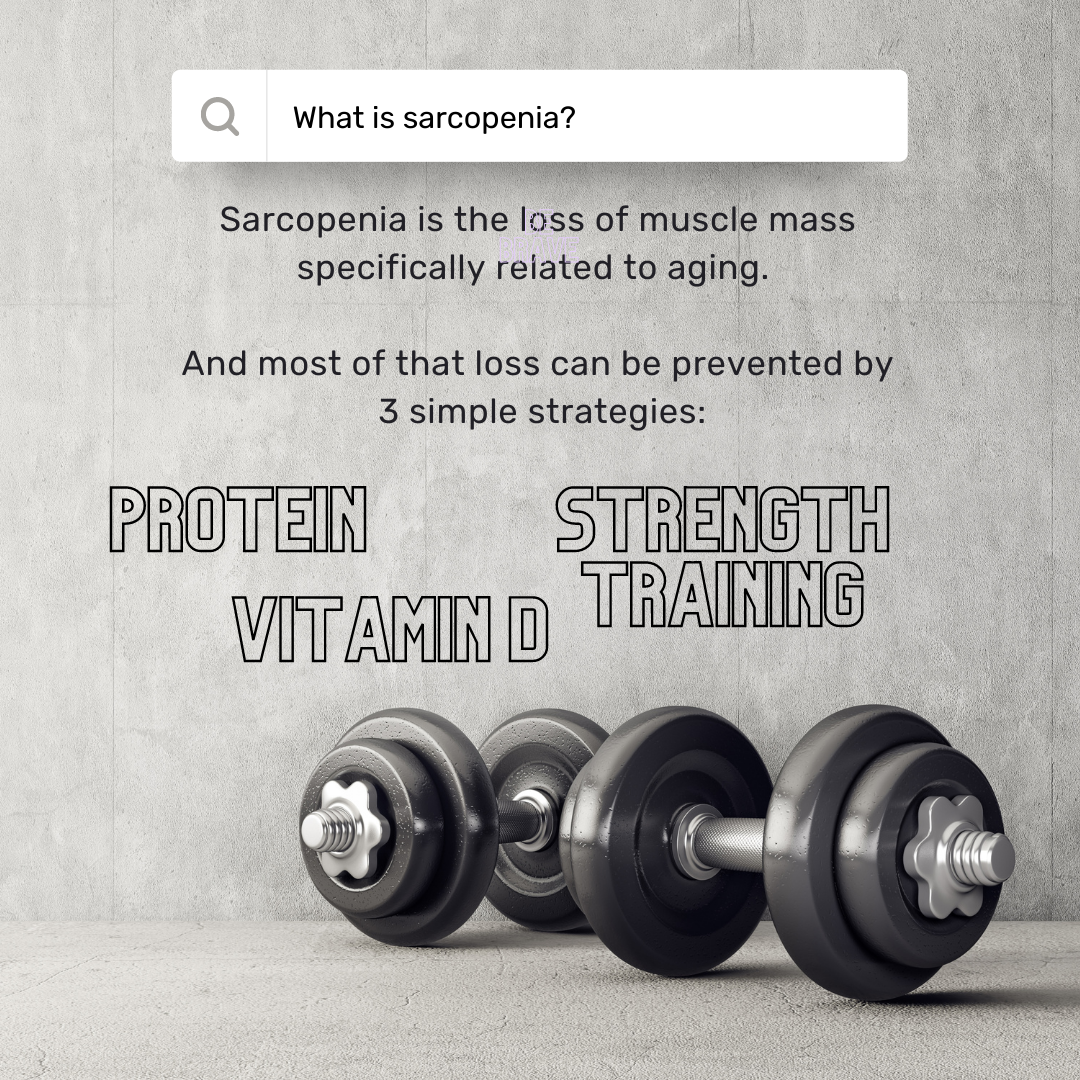
What is Sarcopenia and How to Prevent It
Sarcopenia is the loss of muscle mass specifically related to aging. It's normal to lose some muscle mass as we age, but most of this loss is preventable. People with sarcopenia often experience weakness and decreased stamina, which affects their ability to carry out physical activities. A reduction in activity leads to further muscle mass loss. Decreased muscle also affects the metabolism and is associated with increased body fat. Muscle loss starts around the age of 35, unless we do something about it.
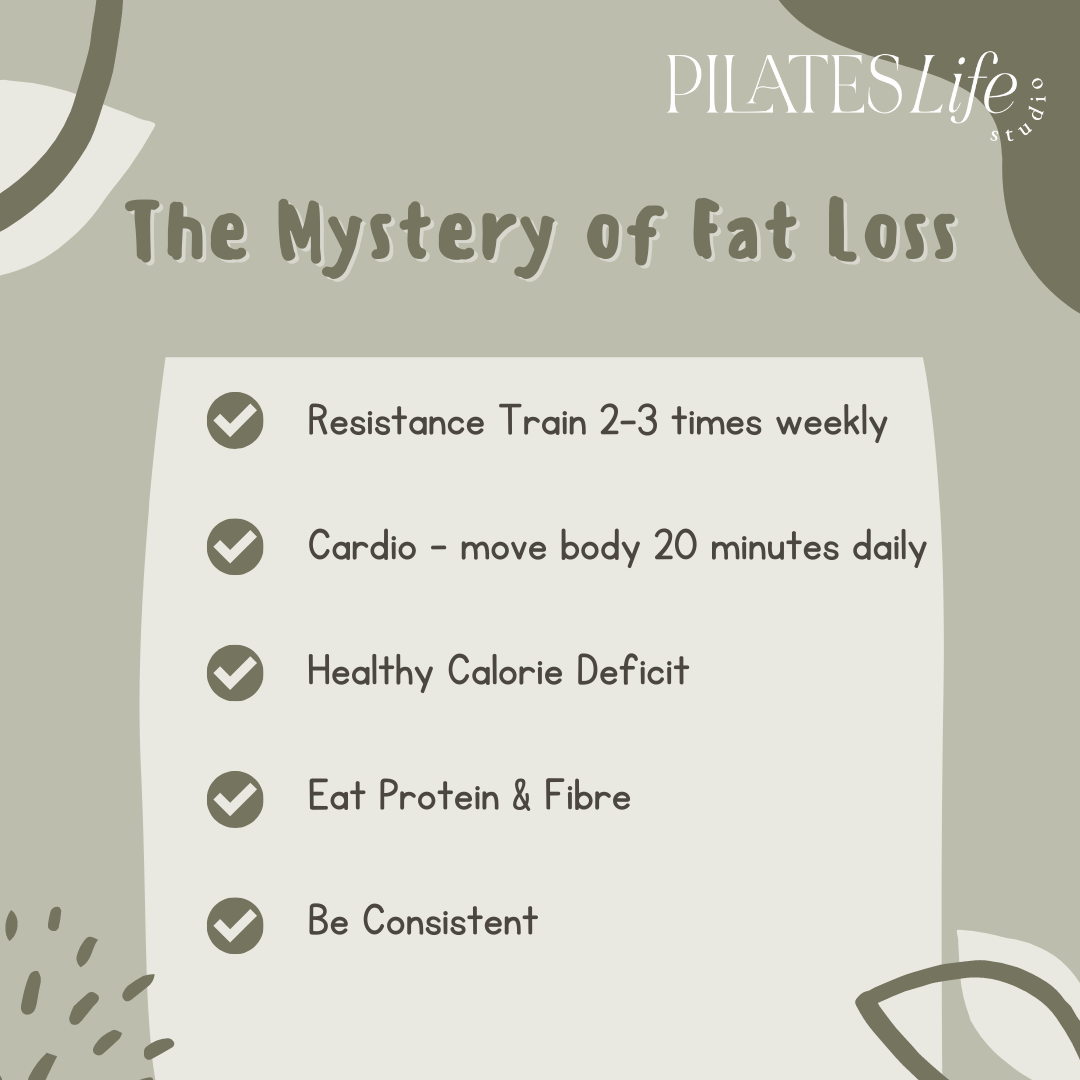
The Mystery of Fat Loss
Not everyone has fat loss goals, and I promote loving your body regardless of size. And with obesity, people can reduce their health risks by simply exercising (I cite the study below). But many clients do have the goal to lose weight, and I wanted to dispel a few fat loss myths with some science.

National Exercise Guidelines
All recommend the same amount of exercise to increase our mood, bone density, lean muscle mass, cognitive function, and sleep quality, and to decrease risk of certain cancers, type 2 diabetes, depression, anxiety, chronic pain, inflammation, cardiovascular disease, and blood pressure.
Exercise is like healing medicine for our bodies. Amazing stuff right?!

Slow Metabolism to Blame?
According to a new study from the peer-reviewed Science Journal our metabolism really doesn’t change from age 20 to 60, and even after 60, your metabolism declines only 0.7% per year. So what is the cause for our weight gain as we age? Well…it’s multi-factorial.
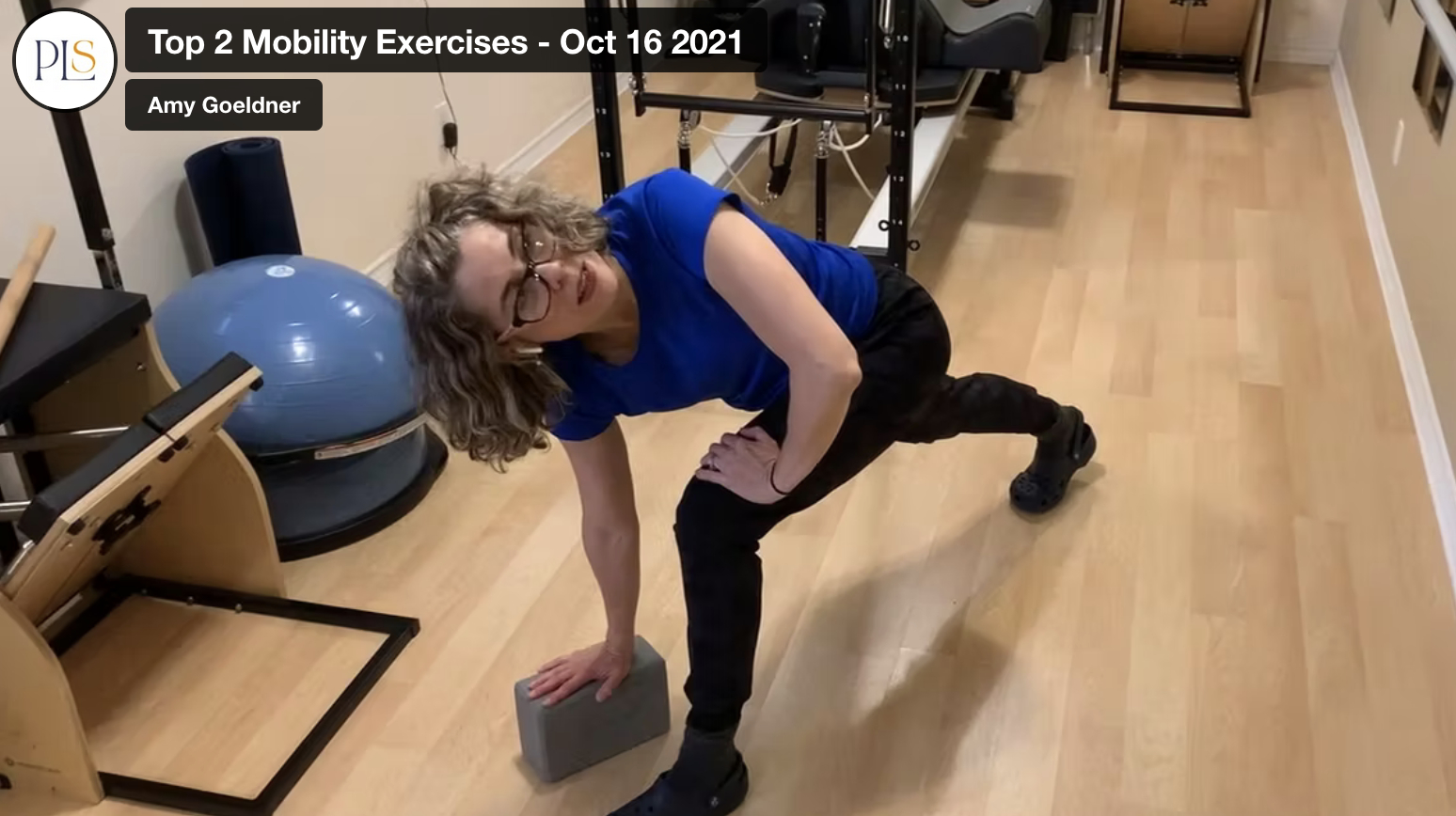
Mobility decreases with age – but it doesn’t have to
Two major areas that don’t move as easily as we get older are our trunk (aka upper back & core) and our shoulders.
But the good news is, just as you can continue to build and strengthen your muscles as you get older, practicing flexibility and mobility exercises can keep you feeling limber.
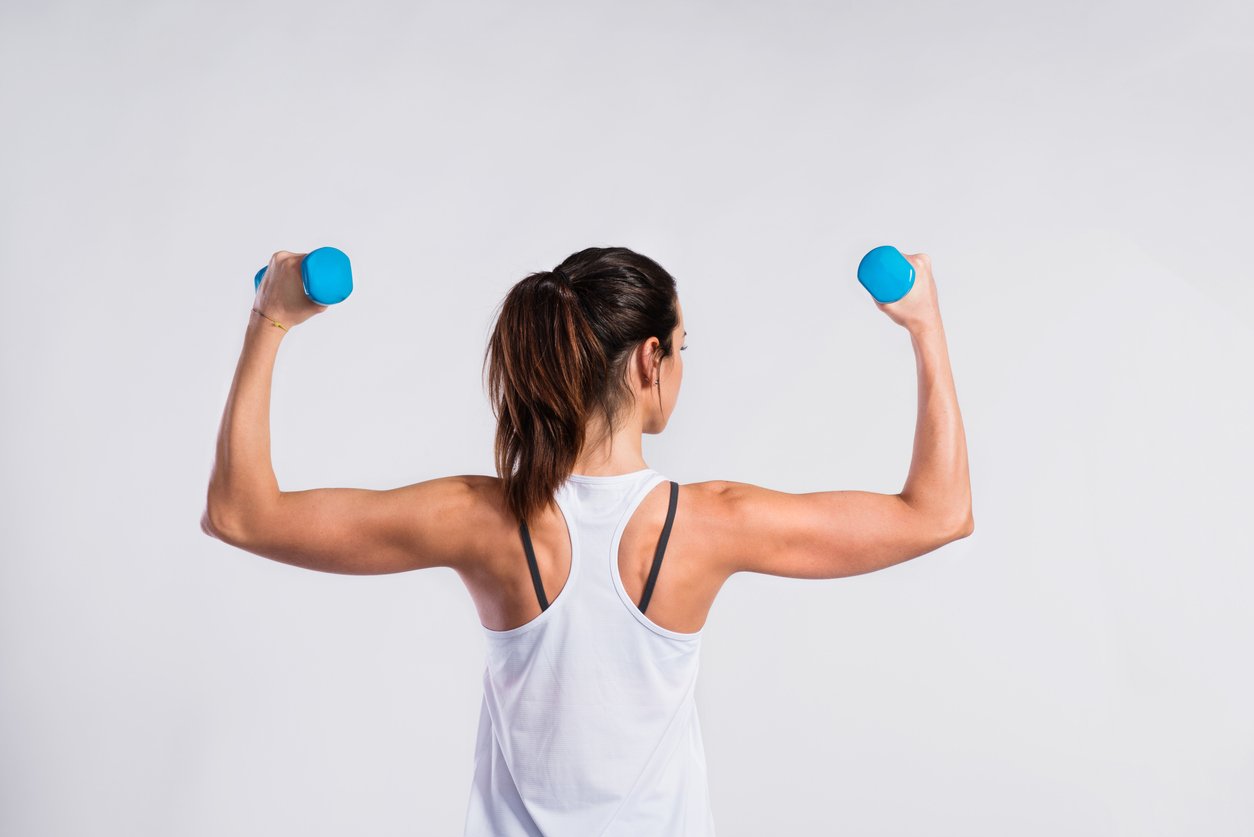
The Importance of Exercise Recovery: Step 1 Strength Training
The first practice I list is strength training, which at first may seem like a funny activity to put in a list about ways to recover from exercise. And while strength training doesn’t directly help our bodies recover from bouts of exercise, what it does do is far more important. Strength training lays the foundation to building a highly functional body. In the end this helps your body perform optimally so that it eases the demands on the body when you exercise, so less recovery is needed.
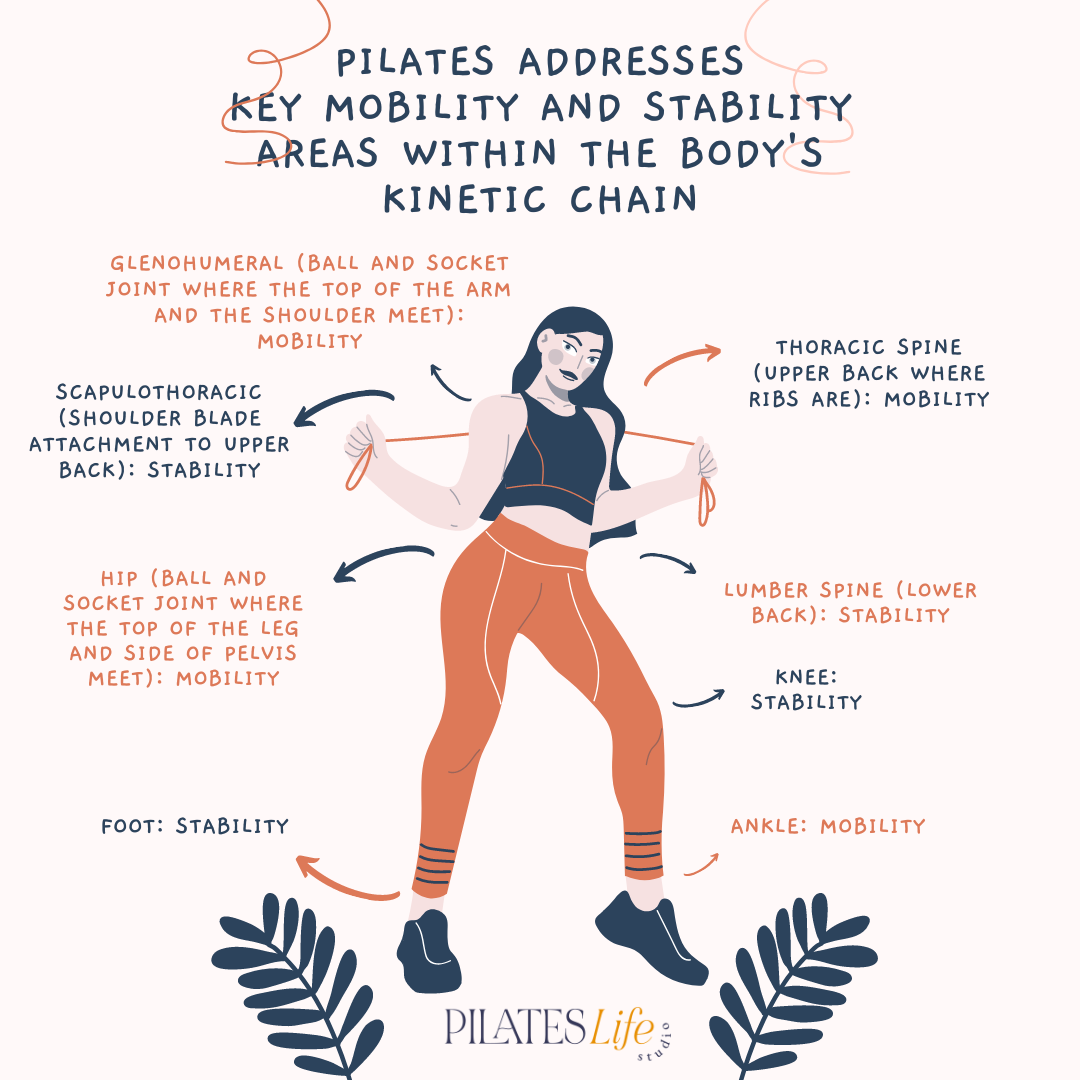
The Importance of Exercise Recovery
Exercise recovery is more than just resting after a workout. In this article I go over a few important practices that can help increase your body’s ability to recover from exercise.
Within the body there is a constant play of stability and mobility. Certain areas in our body function best when strong and stable and other parts of the body function best with more range of motion.

Exercise Helps Joint Pain
All these years in the fitness industry, I knew exercise helped ease arthritis pain and stiffness, but now I had first hand experience on it, and that felt amazing! I had to research why...
